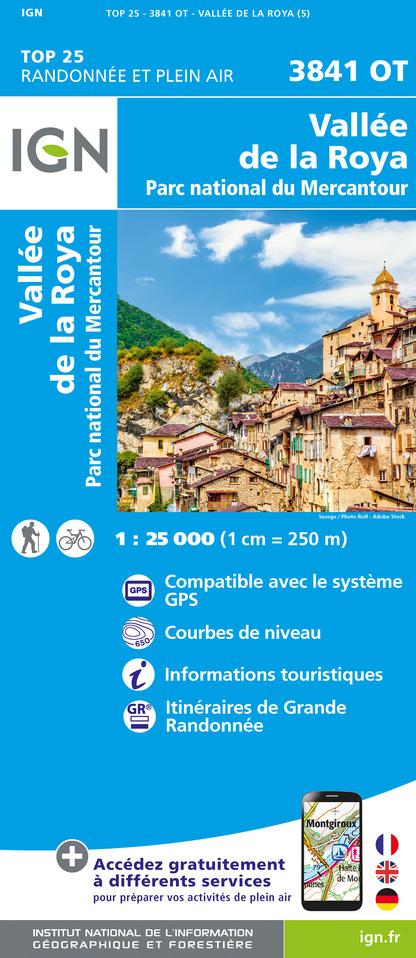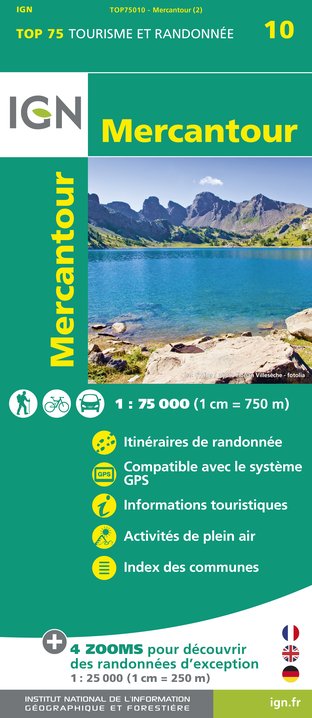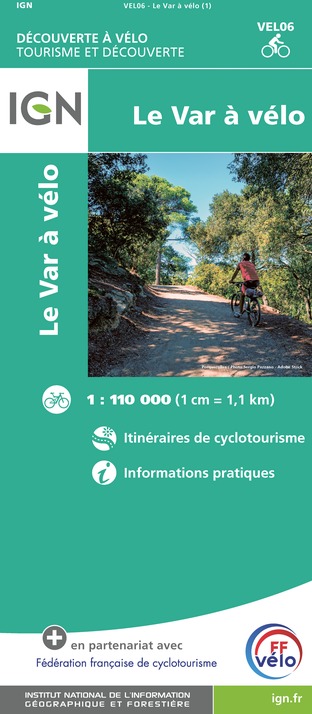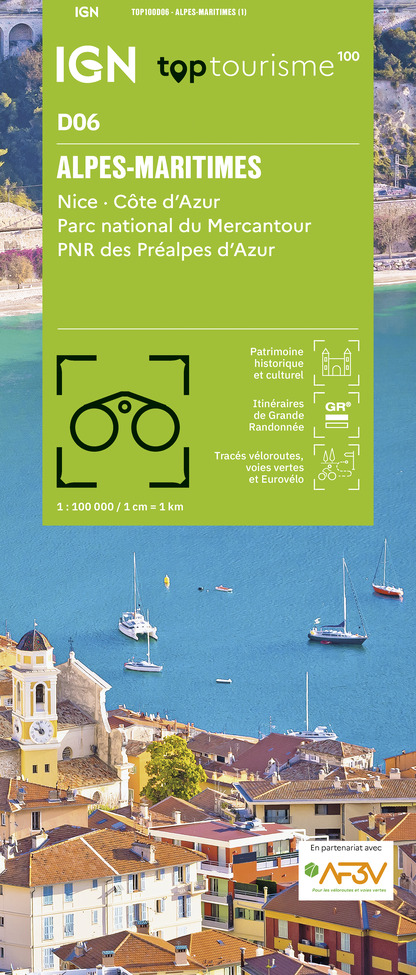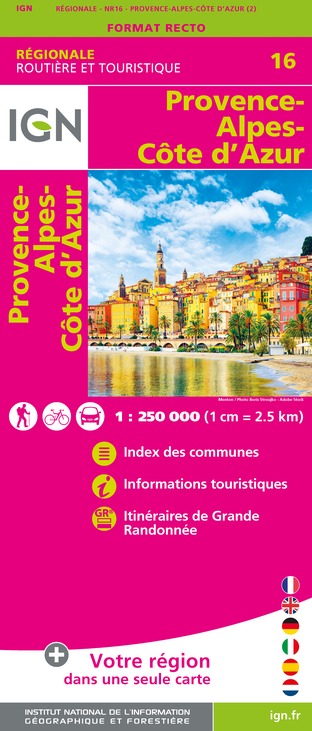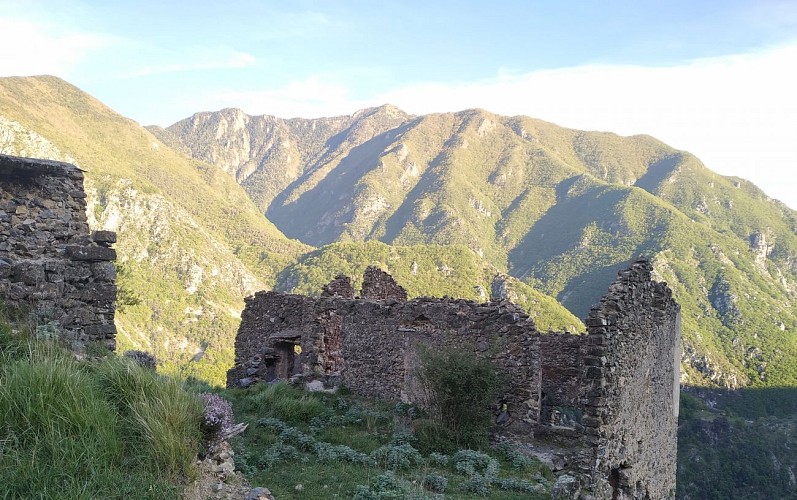Crossed by the cross-border Roya river, this site offers a wide range of altitudinal variations (from 182 m to 1602 m). This amplitude contributes
to its richness.The main centres of biological diversity are located on the left bank of the Roya, on the slopes overlooking the commune of Breil-sur-Roya and the border ridge, and in the southern part of the site, an area more marked by Mediterranean influences.
The most remarkable formations in terms of vegetation are the oyster beds, cliff vegetation and the old olive-growing terraces. The main issue is the alluvial forests, which play a key role for bats.
A stronghold of olive production in the 19th century, the landscape was shaped by these terraced crops softening the slopes and reducing the forest cover.
Notre-Dame du Mont Chapel :
This site has been primarily designated for its wealth of bats. Important populations of Grand Rhinolophe, Euryale Rhinolophe and especially the Murin with indented ears (the largest colony of calving for the region) are housed in the Chapel of Notre-Dame du Mont in particular. Apart from this exceptional character, the site is also located in the central part of the known range of the Strinati's Spelerpès.
Among the insects, the Plum Borer (the fifth station listed in the department) and the Red-winged Moth are a priority issue for the site, as is the white-footed crayfish, which is found in notable densities in the Roya.
Finally, concerning the flora, Ligurian gentian is abundant at the edge of the site.
This Natura 2000 site has the particularity of being centred on the village of Breil-sur-Roya and its dwellings. Thus, human activity is widespread but varies greatly from one area to another.
The site extends over a little less than a third of the communal area, from the Giandola district in the north to the foothills of the hamlet of Piène-Haute in the south and from the Pinéa district in the west to the Tête d'Alpe in the east. The topography is very rugged as evidenced by the presence of several mountain peaks: the Cime du Bosc on the right bank (1124 m) and especially the Arpette (1611 m) or Mount Fourquin (1420 m) on the left bank.
The territory of the site is also exposed to significant climatic variability. The commune of Breil-sur-Roya, located at a low altitude (300 m), experiences less rainfall and milder temperatures than the surrounding peaks. This area is strongly influenced by the mild and humid climate that characterises the Gulf of Genoa region in Italy. The border slope is colder and wetter.
The aquatic environment is modified by Lake Breil-sur-Roya, which is a reservoir supplying the hydroelectric plant located downstream of the village. Several activities are likely to have an impact along the Roya River. Agriculture in Breil-sur-Roya is still marked by a large number of farms, mainly oriented towards olive growing (mostly family, occasional). Pastoral activity is also present in various sectors of the site. The forest management of the site by the ONF is almost exclusively oriented towards protection.
Finally, sports and leisure activities are numerous: hiking and horseback riding, mountain biking, canyoning, rafting, fishing, motorized activities, etc. Sports and leisure activities are numerous and varied on the site. The activities of hiking and mountain biking are particularly popular and the site offers
Numerous trails and tracks for all types of users.
The border ridge, the valley path, the GR 510 and 52a as well as the access paths to the hamlets of Libre and Piène-Haute are the most frequented.
The other major leisure centre is for aquatic activities. All levels are present and thus allow to attract both the uninitiated and the passionate. White-water sports (various rafting, kayaking, water hiking, etc.) on the Roya, upstream from the village, complete the picture. Breil-sur-Roya is in fact known for its canyons, the Carleva valley, the Audin stream (Fanghetto), an ideal water hike for an initiation and for children, and finally the famous Maglia river (difficult level).
